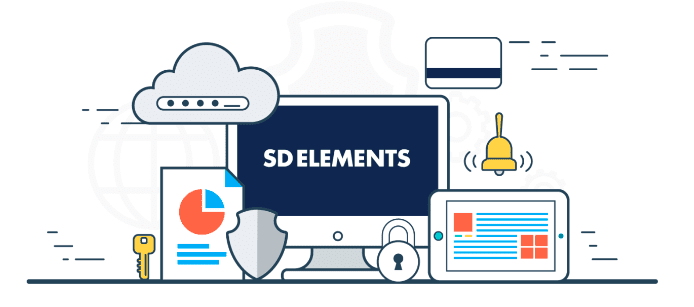Threat modeling and slowdown
Traditional threat modeling is struggling to find a place in application security today. The process thoroughly maps out complex diagrams detailing vulnerable points of attack in applications, but it requires the manual and time-consuming effort of scarce security experts. Modern organizations want to move faster, so anything that slows it down is being replaced, and sometimes, skipped entirely.
While traditional threat modeling still works well for waterfall methodologies, it needs to adapt to the fast-paced needs of today’s environment, which means embracing iterative and continuous development.
With automation, you can execute threat modeling that handles application security at scale.
Addressing industry challenges
Software security is a major challenge these days. As organizations move toward increasingly complex and distributed applications as well as agile methodologies for faster release cycles, strong security practices become even more important.
While some organizations choose to accept the risk of skipping threat modeling, you can’t ignore its benefits to security. Threat modeling offers many security benefits, such as identifying threats, mitigating risks, and building a security culture. Consider how New York’s Cyber Command (NYC3) was able to block over 500 intrusion attempts within four months of integrating threat modeling into its security practices.
Despite the success of NYC3, organizations are not convinced about the impact of threat modeling on security.
It’s a manually intensive process that often requires external vendors. It’s also increasingly difficult to execute because it sets out to map all system communications and potential attack points for company-wide applications. What’s more, detailed data flow diagramming processes are not even necessary for the majority of non-critical applications, especially in a DevOps environment, and so threat modeling activities become repetitive, inefficient, and redundant. In the end, most organizations may not see threat modeling as a security enabler, but as a security blocker instead.
Breathing life back into threat modeling
If you’re pressed for time and struggling with scarce resources, you may consider using a solution that automates the threat modeling process. These tools gather information about your applications to build a profile detailing the technical and compliance needs. Based on this information, relevant and actionable countermeasures are generated from a regularly-updated content library.
With detailed knowledge of your applications’ architecture, this threat modeling process only takes a few minutes to complete; once you have completed the questionnaire and on-boarded your application. Your teams receive a full list of actionable tasks to mitigate threats that could affect your applications, as well as relevant just-in-time training instructions so that your developers can respond appropriately.
The questionnaire part of the process can be further automated if your team uses a project integration plugin.
Automated threat modeling scales the process without adding additional security resources. It identifies foundational threats in an application’s technology stack, including the programming language and frameworks, the deployment environment for the application, and internal policies or regulatory standards to which the application is subject to. This also provides security, DevOps, and non-security teams with consistent guidance on how to build secure software without slowing down development.
Our flagship solution, SD Elements, helps identify threats and mitigate risks rapidly to secure your entire application portfolio. Get in touch for a free demo.
